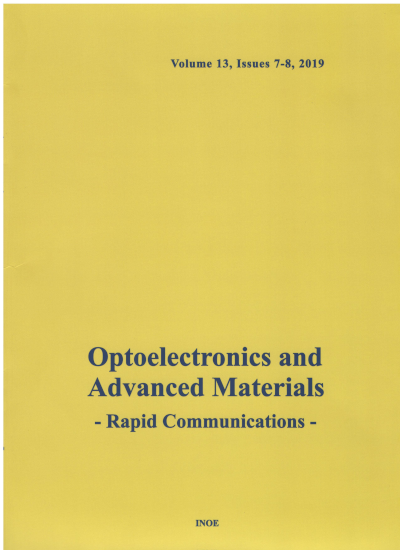Abstract
Potassium Bromide (KBr) is recognized for its performance in improving luminescence intensity and stability of perovskite
nanocrystals for white light emitting diodes (W-LEDs). This work establishes a simulation of KBr’s scattering influence of
chromaticity and luminosity of the general W-LED model. The concentration of KBr varies to monitor the optical influences.
The Mie-scattering and MATLAB computation are the primary simulation means. Results demonstrate the efficacy of
increasing KBr amount in reducing the spatial chromatic deviation while minimizing the reduction in luminescence intensity
of the W-LED. Thus, KBr owns a great potential to be a promising additive for phosphor compound for the fabrication of
high-power and high-quality W-LED devices.
Keywords
White LED, Lambert-Beer law, Color rendering index, Luminous efficacy.
Citation
NGUYEN DOAN QUOC ANH, NGUYEN THI PHUONG LOAN, PHAM VAN DE, HSIAO-YI LEE, Potassium Bromide scattering simulation for improving phosphor-converting white LED performance, Optoelectronics and Advanced Materials - Rapid Communications, 19, 7-8, July-August 2025, pp.378-383 (2025).
Submitted at: Dec. 23, 2024
Accepted at: Aug. 4, 2025
